Sathi Leelavathi (1936)
March 28, 1936Release Date
Plot.
Where to Watch.
Cast & Crew.
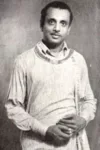
M. K. Radha
Radhakrishnan

M. S. Gnanambal
Leelavathi

M. G. Ramachandran
Rangaiah Naidu
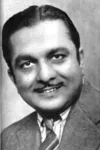
T. S. Balaiah
Ramanathan
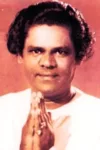
N. S. Krishnan

Sundara Vadhyar
Music
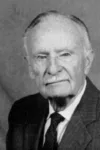
Ellis R. Dungan
Director / Editor
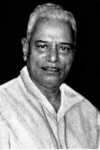
S. S. Vasan
Story

M. Kandasamy Mudaliar
Dialogue

Marudachalam Chettiar
Producer

Sircar
Editor

D. T. Telang
Cinematography

V. J. Shave
Cinematography
Details.
Release DateMarch 28, 1936
Original Nameசதி லீலாவதி
StatusReleased
Running Time3h 20m
Genres
Last updated:
Wiki.
Sathi Leelavathi ( transl. Leelavathi, the Chaste Wife) is a 1936 Indian Tamil-language drama film directed by Ellis R. Dungan and written by Madras Kandaswamy Mudaliar. It is based on S. S. Vasan's novel of the same name, which had been serialised in 1934. M. K. Radha stars as Krishnamurthy, a man from Madras, who is lured into drinking alcohol by an acquaintance. Believing he murdered his friend in a drunken stupor, Krishnamurthy flees to Ceylon while his wife and daughter, played by M. R. Gnanambal and M. K. Mani respectively, are reduced to poverty. T. S. Balaiah, M. G. Ramachandran, M. V. Mani and P. Nammalvar appear in supporting roles.
A. N. Marudachalam Chettiar initially wanted to produce a film version of the Madurai Original Boys Company (MOBC) play Pathi Bhakthi, but realised an adaptation was already being made. Chettiar then learnt about Vasan's novel, which had a similar plot and obtained the rights to make a film version. Sathi Leelavathi was Dungan's directorial debut and the film-acting debuts of Radha, Balaiah, Ramachandran and K. A. Thangavelu. It was N. S. Krishnan's first film appearance, but his second release. The film was mostly shot at Vel Pictures Studio in Madras. D. T. Telang and V. J. Shave were the cinematographers, the Sharma brothers were the composers and the film was co-edited by Dungan and Sircar.
Sathi Leelavathi explores themes of temperance, social reform, the Gandhian concept of selfless service and the plight of labourers. It was one of the earliest Tamil films to be involved in a plagiarism controversy; the MOBC accused Chettiar and Mudaliar of plagiarising their play. The case was resolved after Vasan testified that both the play and the novel were based on Danesbury House, an 1860 novel written by Ellen Wood, so neither party could claim originality. The film was released in theatres on 1 February 1936 and became a commercial success, making Dungan a sought-after director. Several features of his direction, including shooting by schedule, camera mobility, cabaret dances and less-theatrical acting, became staples of Tamil cinema. No complete print of the film is known to survive, making it a partially lost film.

